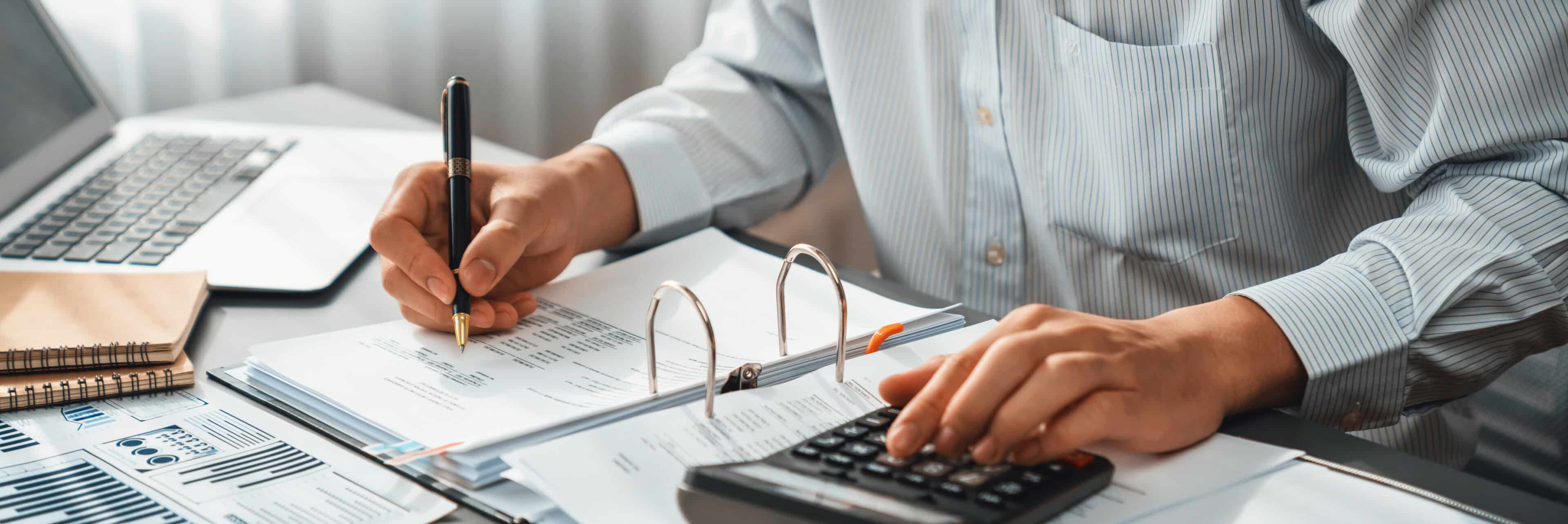Energy efficiency isn’t just about environmental responsibility—it’s also a strategic business decision. For commercial property owners, taking steps toward greener infrastructure can result in significant financial incentives. One of the most significant tools in this regard is the 179D energy-efficient tax deduction, a federal tax provision designed to reward sustainability-focused upgrades to commercial buildings. In case you are retrofitting an existing property or constructing a new one, understanding how this deduction works can lead to substantial tax savings and lasting financial benefits.
What is the 179D Tax Deduction?
The 179D energy-efficient tax deduction offers a benefit of up to $5.81 per square foot for eligible commercial buildings that meet specific energy efficiency standards. These upgrades may include improvements to interior lighting, HVAC systems, and the building envelope. Qualifying properties can be either newly constructed or existing buildings undergoing energy-saving retrofits.
Special Advantage for Architects and Engineers
Beyond just building owners, the 179D deduction also applies to design professionals involved in government building projects. The 179D tax deduction for architects and engineers is especially impactful for those designing energy-efficient government buildings. These professionals can receive the deduction when it is allocated to them by the government entity, enabling them to benefit from tax savings for incorporating high-efficiency components into their designs. This provision not only reduces taxable income but also encourages environmentally conscious design practices. It serves as a financial reward for promoting sustainability in government infrastructure—a win for both the public and the professionals leading these projects.
Long-Term Financial and Operational Gains
The immediate appeal of the 179D deduction lies in tax savings, but the long-term advantages go far beyond that. Energy-efficient upgrades help reduce operational costs and boost overall project profitability. Incorporating such measures not only makes your property more attractive in a competitive market but also improves profitability through lower operational expenses.
Design professionals benefit as well. By leveraging the 179D tax deduction for architects and engineers, they position themselves as leaders in green design and responsible innovation. This not only improves their reputation but can also make their services more attractive to clients who value sustainability.
Ready to Maximize Your Tax Savings with Expert Help?
At Prince CPA Group, we specialize in helping commercial property owners, developers, and design professionals unlock the complete value of the 179D tax deduction. We understand the intricacies of qualifying projects and manage everything from initial eligibility analysis to final certification. If you’re planning a new construction or energy retrofit, or if you’re an architect or engineer designing for public buildings, we’re here to guide you every step of the way. Let us help you reduce your tax burden while supporting your commitment to sustainability—contact us today to get started.
